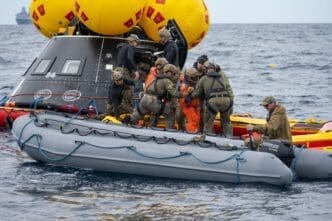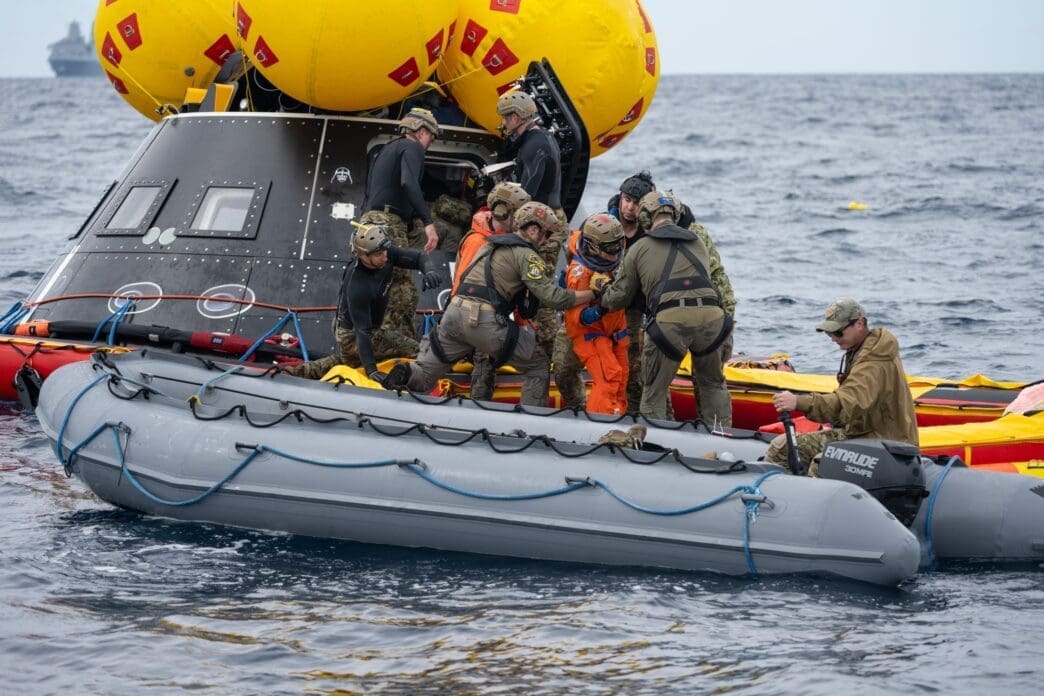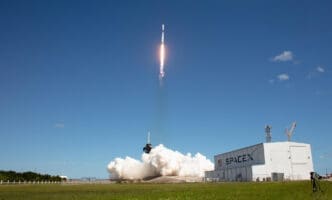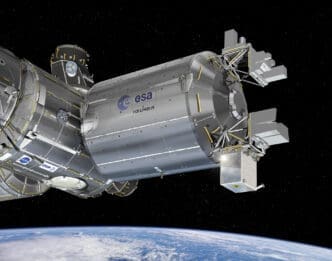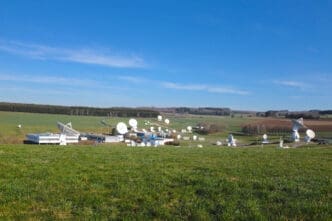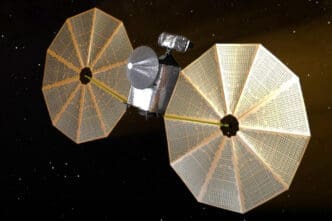Every year, stories of daring rescues capture our attention, but you may be surprised to learn that some of the technology used to save lives comes from an unexpected place: NASA. In 2024, NASA’s cutting-edge search and rescue technologies sprang into action, saving over 400 lives, a testament to human ingenuity and collaboration.
NASA’s collaboration with the international satellite-aided search and rescue initiative, Cospas-Sarsat, has led to these life-saving accomplishments. Through innovative emergency beacons, they’ve enhanced safety for explorers by air, sea, and land. The numbers tell a compelling story, with hundreds of rescues credited to this partnership, marking a year of significant impact.
NASA’s Legacy in Saving Lives
NASA’s contribution isn’t limited to space exploration. Since 1982, over 50,000 lives have been saved worldwide, thanks to emergency beacon technology. This service uses GPS satellites to track signals from activated beacons, pinpointing locations for rescue teams. This synergy of space tech and ground rescue practices shows how adaptable these innovations are.
Cospas-Sarsat Partnership
Partnering with Cospas-Sarsat, NASA developed groundbreaking emergency location beacons. These devices played a crucial role in the 407 rescues recorded in 2024 in the U.S.
The data is striking: 52 lives saved via personal locator beacons, 314 from emergency position-indicating radio beacons, and 41 from emergency locator transmitters. This collaboration showcases a robust, efficient rescue network.
Adaptation of Space Technology
NASA’s search and rescue tech has evolved to support both Earth and space missions. Advances like the ANGEL beacon play a dual role in emergency scenarios on land and crew recovery for space missions.
Whether aiding astronauts or travelers on Earth, these devices exemplify versatility. Their dual-purpose nature not only supports space missions but also enhances public safety globally.
This cross-application of technology demonstrates a commitment to extending benefits beyond its original scope, contributing to both terrestrial and extraterrestrial safety.
Testing and Development
The ANGEL beacon, tested in NASA’s recent Artemis II recovery missions, illustrates ongoing development efforts. This includes exercises with the Department of Defense to hone procedures for astronaut recovery.
Miniaturization has allowed these beacons to be integrated into life preserver units for astronauts, ensuring swift rescue when needed. This commitment to readiness reflects NASA’s proactive approach.
By refining these devices, NASA ensures that no matter where you are, be it on Earth or in space, help is always on the horizon.
Impact on Rescue Operations
The U.S. Coast Guard and other local rescue authorities greatly benefit from NASA’s technology. Their operations are more efficient, thanks to precise location data.
Emergency situations demand quick responses. Having accurate location data as provided by NASA’s technology means the difference between life and death in critical situations.
Broader Implications of NASA’s Rescue Tech
Beyond individual rescues, NASA’s tech impacts broader safety protocols globally. These tools set new standards for reliability in emergencies.
The success of these technologies often shapes future safety standards, incorporating insights gained from each rescue mission.
The ongoing refinement and deployment of this technology signify a shift towards a more secure world where technology bridges the gap between distress and safety.
Collaboration with Strategic Partners
NOAA handles the U.S. region’s network management for Cospas-Sarsat with NASA providing technical support. This cooperation exemplifies a successful synergy where tech and management align to save lives.
NASA’s strategic oversight, coupled with the execution by rescue authorities, ensures an integrated approach to emergency response. They remain committed to this life-saving mission.
As these partnerships solidify and grow, the reach and effectiveness of rescue operations expand, offering hope and safety to adventurers everywhere.
Looking to the Future
As technology continually evolves, NASA’s search and rescue team is already working on next-gen solutions. The focus remains on more efficient and powerful rescue tools.
Future developments promise even faster response times and wider coverage. With each passing year, the potential for saving more lives increases.
This relentless pursuit of improvement ensures that NASA remains at the forefront of life-saving innovation, ready to meet tomorrow’s challenges.
Conclusion
NASA’s ability to save lives on Earth through its space-age technology is both a continuation of its mission and a testament to human determination.
The stories of rescues clear a path for future advancements, blending technology with the timeless human impulse to help others in need.
Lives saved by NASA’s technology remind us of the incredible potential for innovation to foster safety across the globe. As we look towards future advancements, the drive to protect explorers remains central, uniting science and compassion.
NASA stands as a beacon of hope and progress, proving that technology developed for space can have profound effects right here on Earth.

